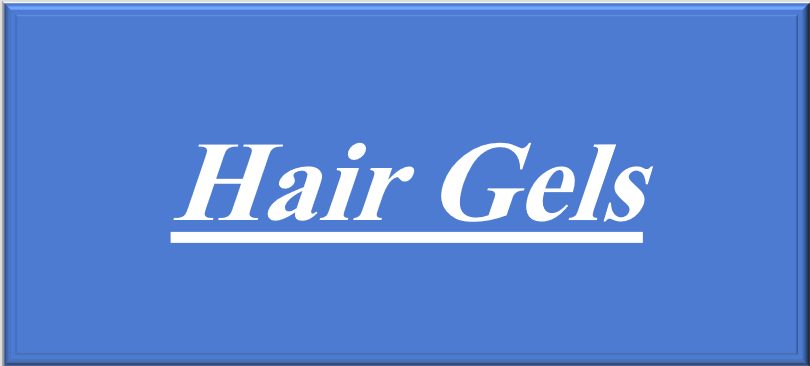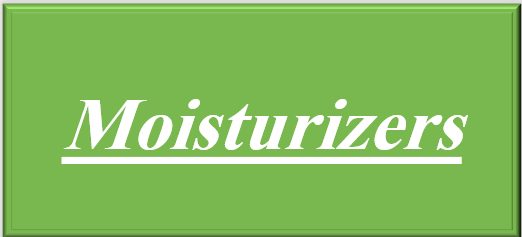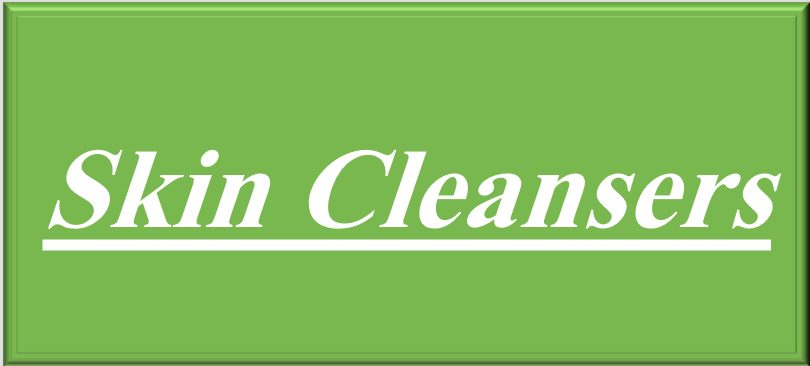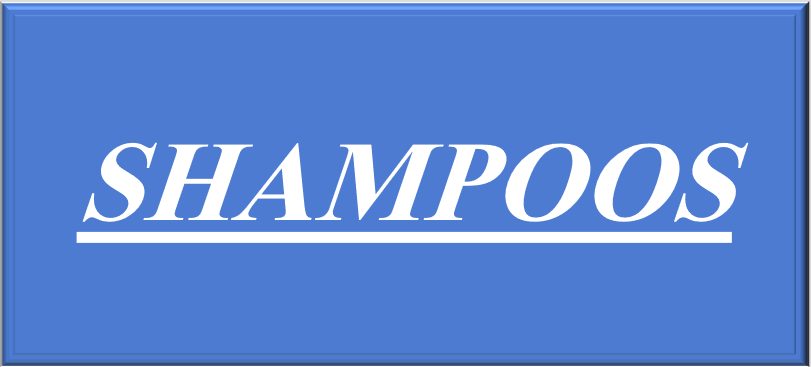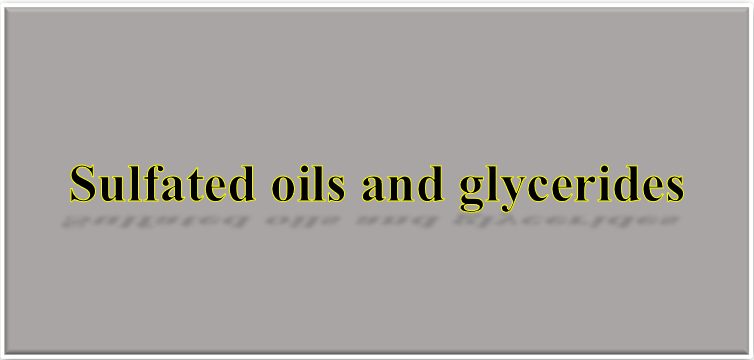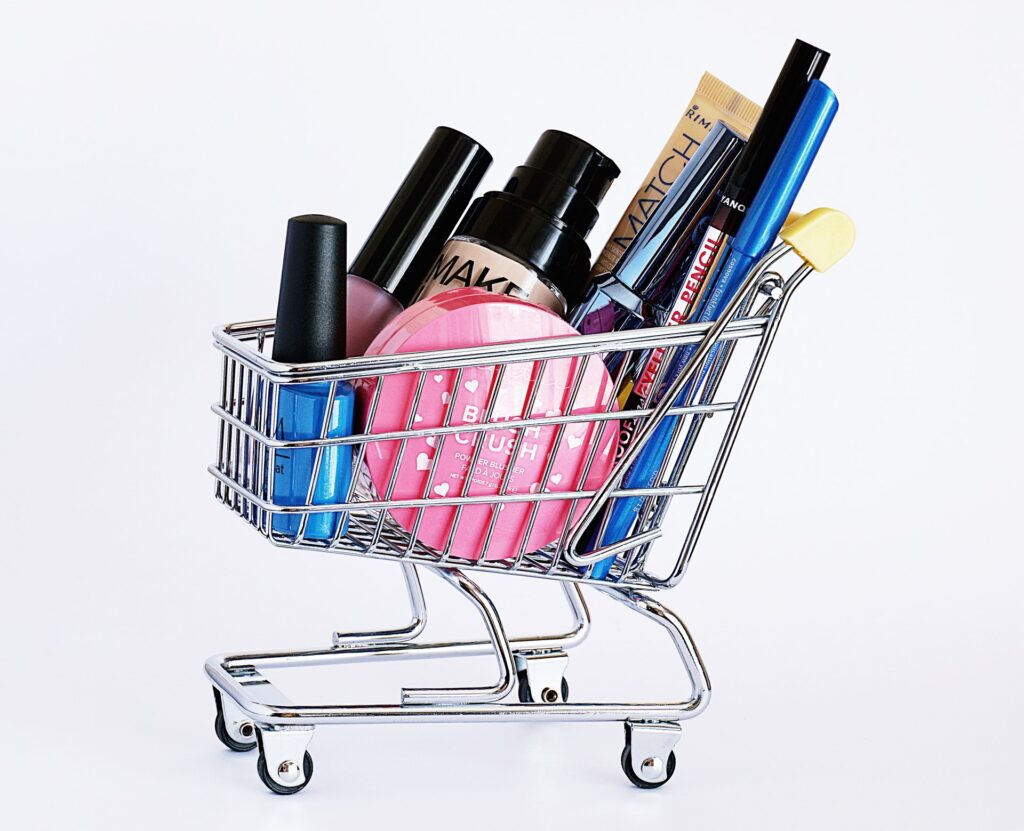Hair gel is a widely used styling product that helps individuals achieve various hairstyles, from sleek and polished to voluminous and textured. While hair gels may seem like a simple product, they are actually formulated with specific components that provide the desired hold, texture, and shine.
Understanding the Components of Hair Gels:
Hair gels typically consist of a combination of water, polymers, conditioning agents, thickeners, and preservatives. Each component plays a crucial role in the overall performance of the hair gel.
Polymers:
These are the key ingredients responsible for the hold and styling capabilities of hair gel. Common polymer types used in hair gels include polyvinylpyrrolidone (PVP), polyacrylates, and copolymers. These polymers form a film on the hair shaft, providing the desired hold and structure.
Conditioning Agents:
To counteract the potential drying effects of polymers, hair gels often contain conditioning agents such as glycerin, panthenol, or silicone derivatives. These ingredients help to moisturize the hair, leaving it soft and manageable.
Thickeners:
Hair gels require a thickening agent to achieve the desired consistency. Common thickeners include carbomers, cellulose derivatives, or natural gums like xanthan gum or guar gum. Thickeners also contribute to the gel’s ability to adhere to the hair strands.
Carbomers, neutralized with long-chain fatty amines instead of the more usual materials [e.g. triethanolamine (TEA) and aminomethyl propanol (AMP)] can thicken oils to gel consistency, provided that sufficient polar solvent, such as ethanol, is present.
Preservatives:
To ensure the longevity and safety of hair gel products, preservatives are added. Common preservatives include phenoxyethanol, parabens, or benzyl alcohol. These prevent the growth of bacteria and fungi, maintaining the product’s integrity.
Hair Gel Formulas:
The earlier types of gel, aimed specifically at men, were oils gelled by the use of metallic stearates or silica. Such gels behave like hair cream, giving high gloss and low levels of hold. The chosen base is mineral oil, which has low odor and color, good oxidative stability, and is cheap. Transparent colloidal gels, invariably relying on high levels of non-ionic surfactant, are an alternative, but high levels of non-ionics, can cause irritation, especially eye irritation. The irritation potential of individual ethoxylates may vary considerably (e.g. Oleth-10 is much more irritant than Oleth-5 or oIeth-20) and careful checking of final formulations is necessary.
Hair gel formulas can vary depending on the desired hold, texture, and finish. Some formulas are designed for strong hold, while others offer a more flexible hold. Additionally, hair gels can be formulated for specific hair types, such as those designed for curly or fine hair.
Strong Hold Hair Gel:
These formulas typically contain higher concentrations of polymers, providing a firm hold that lasts throughout the day. Stronghold gels are ideal for intricate hairstyles or individuals with thick or unruly hair.
Flexible Hold Hair Gel:
These gels have a lower concentration of polymers, allowing for a more natural and flexible hold. They provide a touchable finish while still maintaining some level of control. Flexible hold gels are suitable for everyday styling and for individuals with finer hair types.
Curl-Enhancing Hair Gel:
These formulas are specifically designed to define and enhance natural curls. They often contain additional conditioning agents to minimize frizz and maximize curl definition.
The majority of gels on the market are aqueous, or, occasionally, aqueous/alcoholic. Carboxyvinyl polymers are the most important and, while their prime function is to create the clear gel base, they also have some fixative powers and contribute to the overall hold of the formulation. A wide range of polymers are normally included as the primary film formers. The basic requirements are for good water solubility, clarity in solution, and compatibility with the carbomer resins. The final property, although precluding the use of highly cationic polymers, allows some polymers of relatively low charge density to be used, thus enabling conditioning properties to be added.
Gels prepared from carbomers are influenced by the choice of neutralizing agent. Sodium hydroxide gives a very stiff gel, while amines give a softer gel. The hydroxy amines, predominantly TEA, are the most widely used. Carbomer 940, which gives the clearest gels, is compatible with many other polymers only when fully or partly neutralized. This must considered when manufacturing such products. Polymers used should be diluted with water before addition and added slowly after about two-thirds of the neutralizer has been added to the carbomer.
Full exploitation of clear gel aesthetics requires transparent packaging, which poses problems since carbomers are degraded by UV light. Loss of viscosity and clarity results. This problem may be overcome by including a UV absorber (benzophenone-4 usually works well). Carbomer gels are sensitive to transition metal ions, which can catalyze gel degradation. EDTA or a similar sequestrant is an effective remedy. The vigorous agitation required to dissolve the unneutralized carbomer can cause aeration problems since, even prior to neutralization, the solution has an appreciable viscosity and a relatively high yield point. The viscosity is very pH-dependent, therefore the inclusion of a UV absorber and a sequestrant can be turned to advantage by adding (strongly acid) benzophenone-4 and EDTA (in its free acid form) to water before the carbomer. A thin solution results and entrained air is easily expelled by standing the mix for a while before neutralization. Acrylic polymers, suitable for the formulation of clear gels, are available in liquid form (acrylates/steareth-20 methacrylate copolymer) and in pre-neutralized form.
Uncontrolled aeration is one of the important problems. A large number of very small air bubbles will make the product look opaque, but a small number of large bubbles can be attractive. Controlled aeration is difficult to achieve during mixing but easier to achieve during transfer from mixing vessel to intermediate bulk container, or from intermediate bulk container to filling machine. An air bleed can be introduced at a low-pressure point such as the inlet side of a pump, where varying air flow rate and orifice size can give the desired effect.
In conclusion, hair gels are carefully formulated products that rely on specific components to provide the desired hold, texture, and shine. Understanding the science behind these components can help individuals make informed choices when selecting commercial products.

